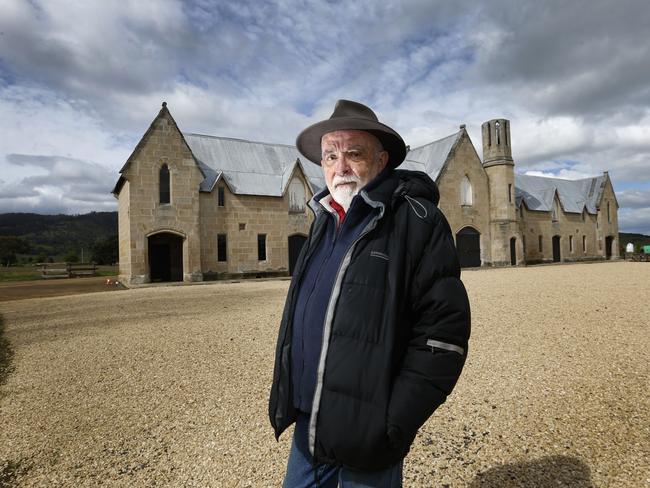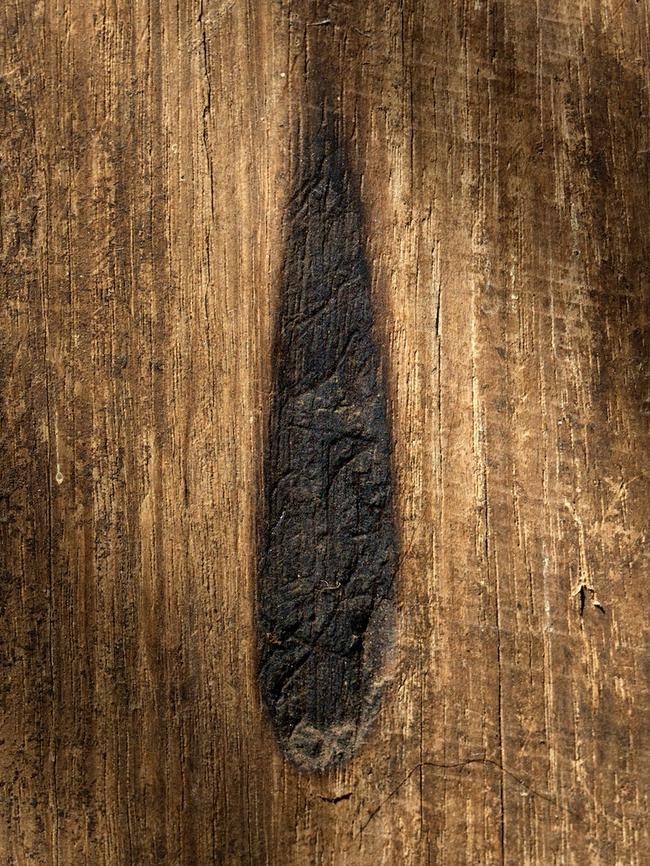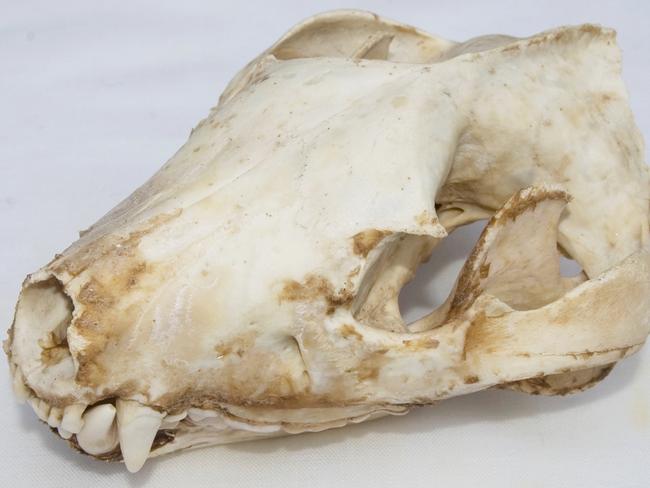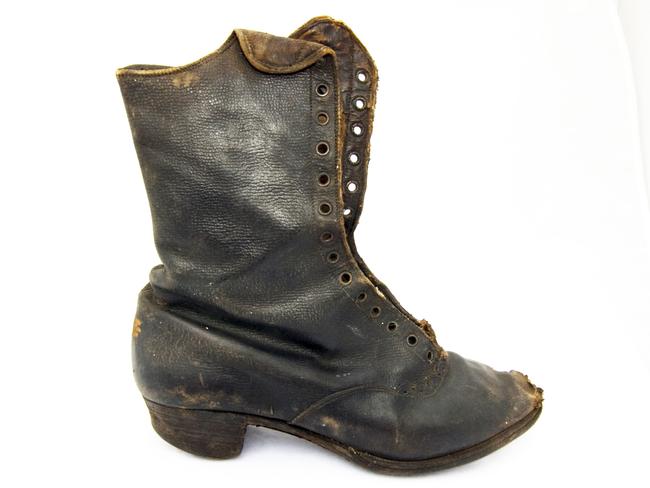New research uncovers how evil spirits were given the boot in Tassie
It seems the practice of magic in 19th century Tasmania was far more widespread than historical records might suggest
TasWeekend
Don't miss out on the headlines from TasWeekend. Followed categories will be added to My News.
New research shows that pre-federation Tasmania was a hotbed of magic practice, with evidence appearing to demonstrate that colonists used spells, signs and artefacts in a bid to ward off evil spirits.
Historian and author Ian Evans OAM, who is based at Invermay, has spent the past four years conducting fieldwork for the Australian Magic Research Project in both the western districts of Victoria and Tasmania’s picturesque Midlands.
Earlier this month, Dr Evans published his final report following three field research trips.
“It had been thought for a great many years that magic hadn’t survived the journey [from England to Australia],” Dr Evans tells TasWeekend.
“[People] kind of pretended it had been left on the wharves when people boarded ships and came to Australia – a clean slate in the new country. Well, it wasn’t like that at all.”
With a scarcity of documentary evidence of the practice of magic in Australia, Dr Evans was driven by a motivation to fill in the gaps in the historical record.

What he found in the Midlands were myriad concealed objects tucked away in the nooks and crannies of historic buildings, as well as hexafoils, concentric circles and burn marks inscribed on various surfaces.
“The great majority of Australia’s practitioners of magic were the ordinary people of our cities, towns and country. They believed that there was an underworld in which demons lived and that from their dark realm they slipped into our world to do the devil’s bidding,” Dr Evans’ final report reads.
“It was widely believed that certain symbols placed on entrances to buildings would deter evil beings from entering ...
“Concealed objects are thought to have been used as decoys to lure evil spiritual beings into voids from which they could not escape.”
Carole Cusack, a professor of religious studies at the University of Sydney, says magic was a vast research area, encompassing practices including Tarot-reading, astrology, alchemy, spell-casting and summoning angels and demons.

“Magical systems and forms are internally rational and represent ways of responding to the environment [social, cultural, natural], like cursing an enemy, placing protection spells or amulets on your children or in the fabric of your house to keep it from harm, using means of divination to find out what’s going to happen in the future, and using enchantments to procure love or money [or both], and so on,” Professor Cusack says.
“[It] may involve very basic things [such as] horseshoes nailed on a house for luck, shoes built into gutters and eaves to protect the home, recitation of short formulae to make crops grow, or offering wine or oil to the tree spirit when about to cut down a tree.
“This may be conscious or relatively unconscious, like crossing fingers and not walking on the cracks in concrete paths are for people today who do these things unthinkingly.”
Dr Evans says his research offered a new window to Australia’s past and “tells us of the hopes and fears of Australians in the period before about 1930”.
A vast number of properties were surveyed right across the Midlands region, from Campania and Richmond to Cressy and Campbell Town.

Evil-averting (apotropaic) marks were discovered at the Shene Estate at Pontville, Woodbury at Antill Ponds, the former Rose and Crown Inn at Lewisham, and many more locations.
Among the more notable concealed objects Dr Evans uncovered were a Tasmanian devil skull under the floor at the back entrance to the Morningside property at Campbell Town, and a whalebone walking stick with the likeness of a fist carved at the top, found hidden beneath stone slabs at the site of the now demolished Oatlands Guard House.
“It was just a little extension to provide protection on the spiritual plane, if I can put it that way,” Dr Evans says.
So why is there so little recorded history about the practice of magic in Australia? Dr Evans believes it’s due to the taboo nature of the subject.
“[Australians] went to church on Sundays and they still practised magic,” he said. “I think they put the two things in different boxes. And it didn’t perturb them that they were doing this.”

“I think [magic] was a well-kept secret but everyone knew it. You just didn’t make a point of telling your neighbours what you were doing because the risk was that you could be accused of practising magic. And it might not have gone down well.”
Dr Evans says it is his hope that the Australian Magic Research Project will eventually serve as the material for a published book.

“The result [of the research] was that we very clearly demonstrated the arrival in Australia, and the practice in Australia, of magic, which had been brought all the way from England, where it had been widespread,” Dr Evans said.
Professor Cusack said magic, like religion, was an important part of the cultural life of all societies and was worthy of critical observation.
“Studying these practices illuminates how people make sense of their world,” she says.





